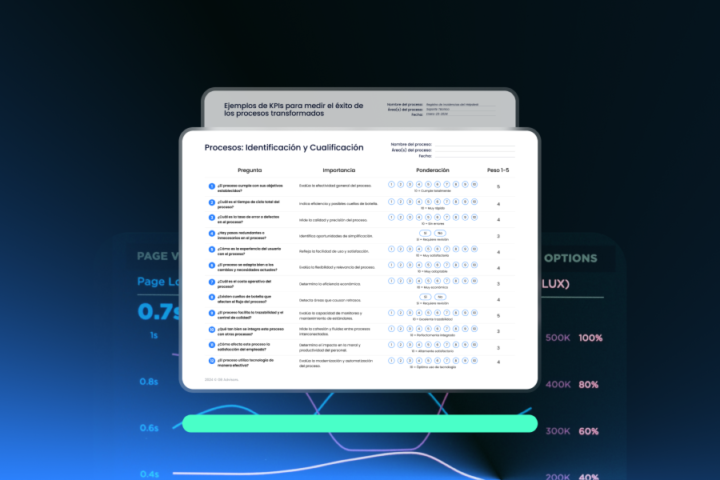ITIL® Continual Service Improvement is the fifth of five stages of ITIL, a set of IT service management (ITSM) practices that focuses on aligning IT services with the needs of business.
ITIL Continual Service Improvement (CSI) uses a metrics-driven approach to identify opportunities for improvement and to measure the impact of those improvement efforts. Although CSI is documented as a separate and final phase of the ITIL lifecycle, CSI can be effective only if it is integrated throughout the lifecycle, creating a culture of continual improvement.
Identifying the metrics for ITIL Continual Service Improvement
 An important task for CSI is to identify which metrics out of the thousands that are created daily should be monitored. This is done by identifying, for each service or process, what the critical success factors (CSFs) are. CSFs must be present if a process or service is to succeed. To determine whether CSFs are present, it is first necessary to identify key performance indicators (KPIs) that represent the degree to which the CSF is present. It’s essential to keep in mind that, although most KPIs are quantitative, qualitative KPIs, such as customer satisfaction, will need to be considered as well.
An important task for CSI is to identify which metrics out of the thousands that are created daily should be monitored. This is done by identifying, for each service or process, what the critical success factors (CSFs) are. CSFs must be present if a process or service is to succeed. To determine whether CSFs are present, it is first necessary to identify key performance indicators (KPIs) that represent the degree to which the CSF is present. It’s essential to keep in mind that, although most KPIs are quantitative, qualitative KPIs, such as customer satisfaction, will need to be considered as well.
CSI is based on the Plan-Do-Check-Act approach developed by W. Edwards Deming. This approach is implemented as follows:
- What is the vision? What is our long-term objective?
- Where are we now? What are the current values of our KPIs?
- Where do we want to be? What are the desired KPI values?
- How do we get there? What’s the plan?
- Did we get there? Do the KPI values after implementation of the plan meet our objectives?
- How do we keep up the momentum? Let’s go back to the beginning.
 CSI uses a 7-step process to guide how data is collected and used:
CSI uses a 7-step process to guide how data is collected and used:
- Define the objectives.
- Determine what to measure.
- Collect the data.
- Process the data.
- Analyze the data.
- Present and use the information.
- Implement improvement.
If CSI is performing its role properly, there will be improvement suggestions arising from all parts of service delivery. The organization is unlikely to have enough resources to implement all the suggestions, so it is necessary to capture the improvement opportunities, understand their impact, scope, and resource requirements, and prioritize their implementation. CSI uses the CSI register as a tool to document, analyze, and plan for improvements.



